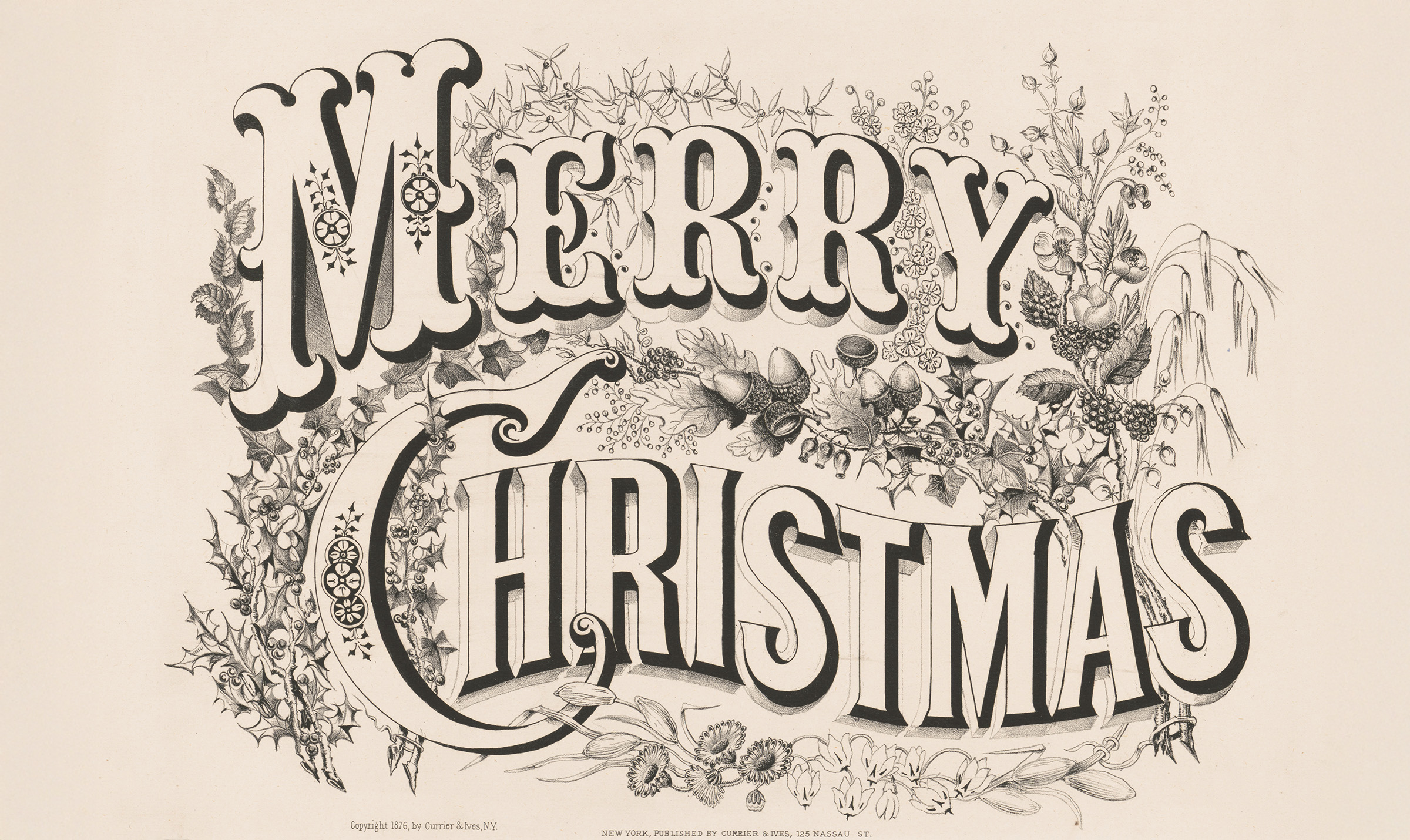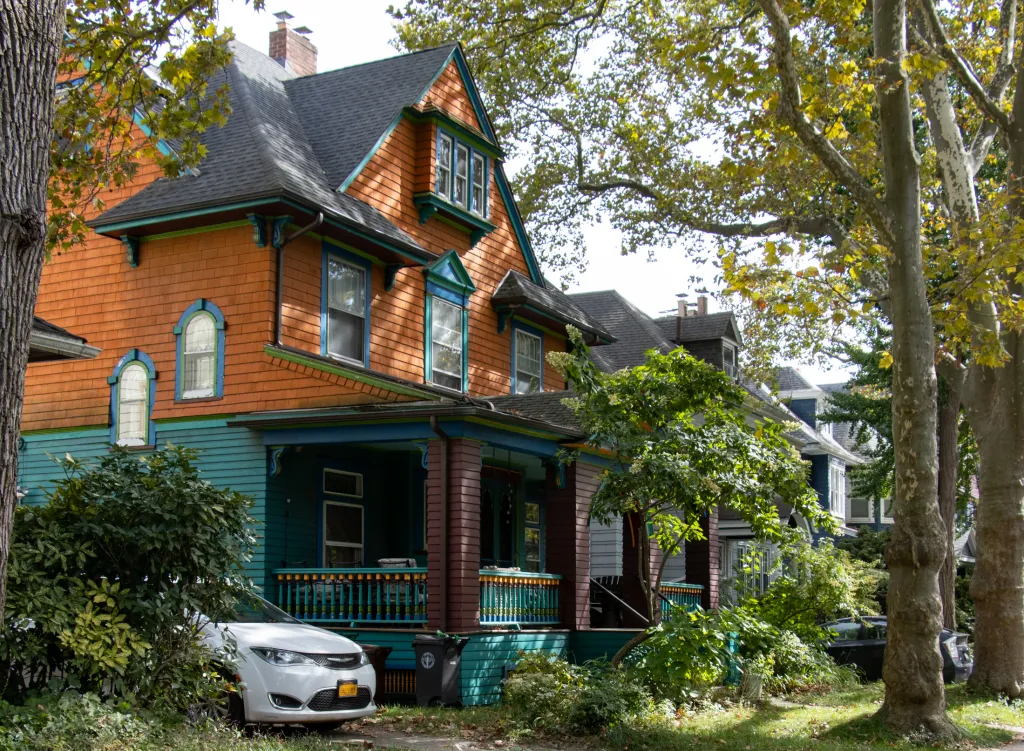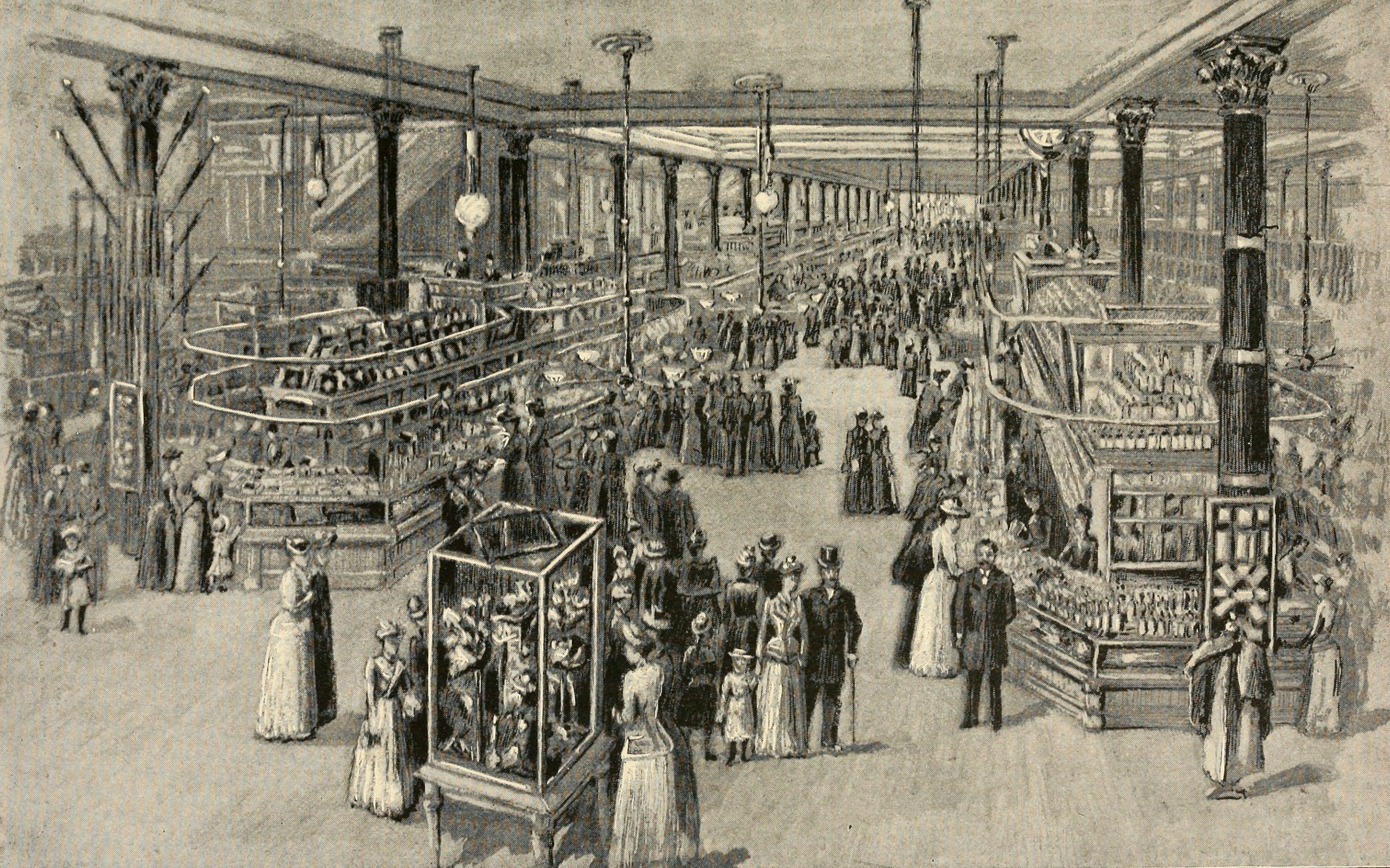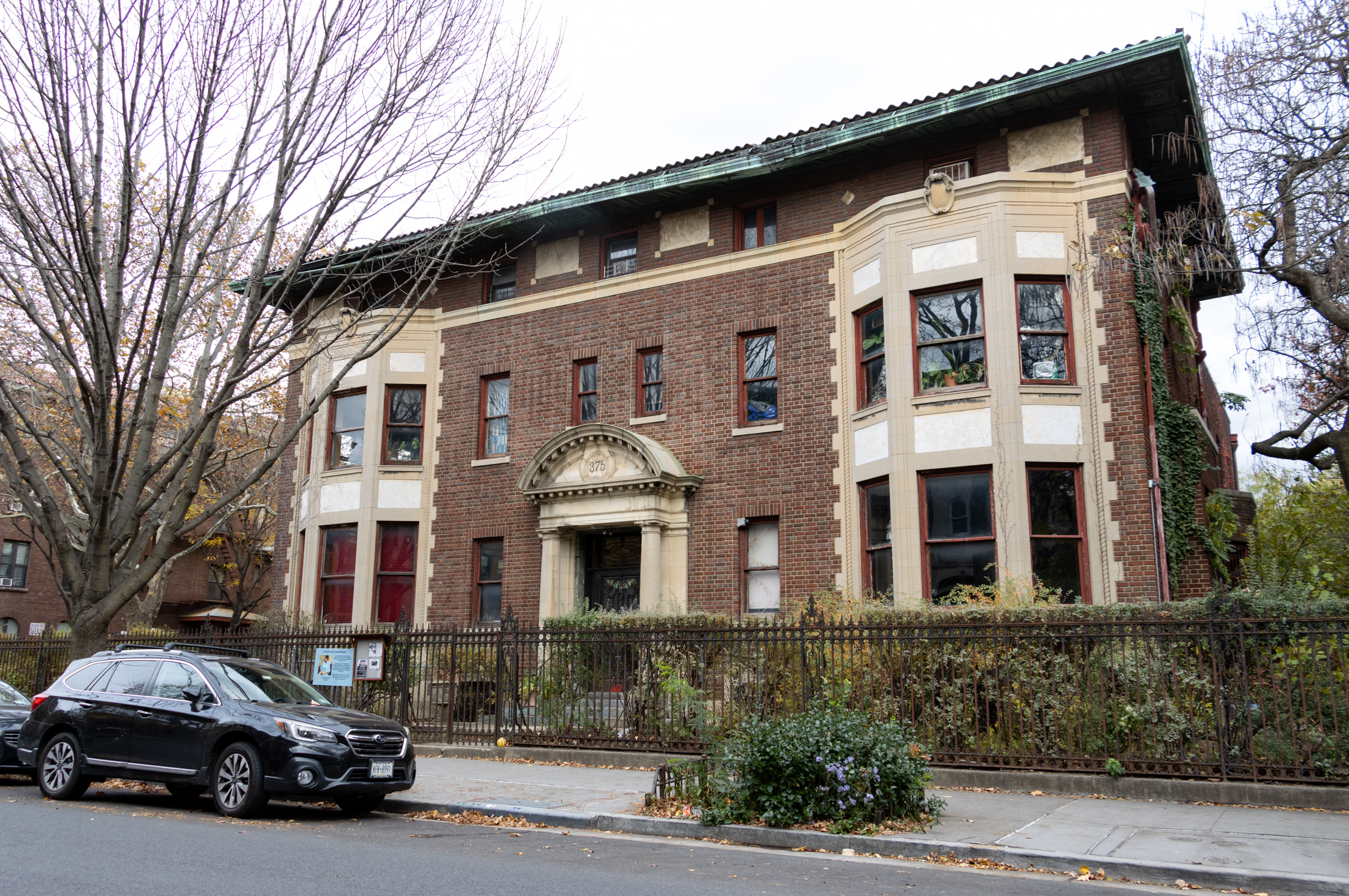Brooklyn Manhattan's St. Paul, Not Compton
In a lengthy article in New York Magazine’s 40th Anniversary issue in which he points out, among other things, that economic downturns in New York City have had silver linings in the past, Kurt Andersen reflects on the changes in Carroll Gardens over the last two decades. The progress of gentrification wasn’t only a result…


In a lengthy article in New York Magazine’s 40th Anniversary issue in which he points out, among other things, that economic downturns in New York City have had silver linings in the past, Kurt Andersen reflects on the changes in Carroll Gardens over the last two decades.
The progress of gentrification wasn’t only a result of the precinct-by-precinct diminution of crime. My bit of Brooklyn, Carroll Gardens, was a very safe (and almost entirely white) working- and middle-class quarter when I arrived in 1990 with my wife and baby daughters. Nor were we exactly pioneers; a couple of editors had already renovated our brownstone. But at some moment between the eighties, when I knew exactly two people in Brooklyn, and the end of the century, when at least half the younger people of my acquaintance were living there, the borough not only lost most of its stigma but acquired an unprecedented aura of stylishness. It was an emergent rebranding as alt-NYC, driven first by the invisible hand (cut-rate real estate just across the river) and then by the self- propelling presence of more and more People Like Oneself. I can peg the tipping-point moment fairly precisely in my neighborhood: As I waited to vote in 1992, I was the demographic outlier in the polling-place crowd of retired longshoremen and their relatives; when I returned in 1996, almost every voter in the place, I swear, was some kind of writer or graphic designer or MTV producer a decade or two my junior. And the following year, all at once, Smith Street changed from a dreary Poughkeepsiesque stretch where we went only to catch the F train to—abracadabra!—a groovy restaurant row thick with recently expatriated young Manhattanites. Manhattan is not over, certainly, but for the city’s creative class New York is no longer a one-borough town. Brooklyn has become St. Paul, maybe, to Manhattan’s Minneapolis, rather than Compton and Glendale to its Hollywood and Beverly Hills.
We prefer the analogy to London, but then again, we’ve never been to St. Paul.
Boom-Bust-Boom Town [New York Magazine]
Photo by MNkiteman





“the point i disagree is trying to make is that lots of young creative people got priced out of SF in the past decade and moved to Oakland – instead of the more traditional suburbs – which has seen a revitalization of its downtown and an improvement of its public schools because of the influx of yuppies. So in that way it’s very analogous to brooklyn.”
That makes sense….I’d agree, particularly in the case of Oakland’s downtown, which is indeed improved based on my last visit. But, as is also true for Brooklyn, in Oakland yuppies ADDED their contributions to those of longtime, middle-class homeowners who resisted the “call of the suburbs” in earlier years and remained, working behind the scenes to improve their communities.
Boerum Hill I agree but also back then those areas (7th, Montague, etc) were essentially islands; it wasnt that 5th Ave wasnt gentrified – it was that it was unsafe to be there (and b4 all the posts start – I am talking about relative safety). The same for many neighborhoods in NYC (inc in Manhattan) – neighborhoods had definitive lines that you were reluctant to cross – now areas blend much more together and there isnt so much of a dividing lines between nice areas and ‘no mans land’
Now Berkeley…that’s one helluva town!
Still though, nothing compares to NYC’s energy for me…
the point i disagree is trying to make is that lots of young creative people got priced out of SF in the past decade and moved to Oakland – instead of the more traditional suburbs – which has seen a revitalization of its downtown and an improvement of its public schools because of the influx of yuppies. So in that way it’s very analogous to brooklyn. In fact, last time I was in the bay area, I much preferred Oakland to SF – but granted I’m a bit prejudiced since I went to Berkeley.
Well considering San Francisco’s population is 764,976 and Oakland’s is 420,183, for a grand total of 1,185,159 and Brooklyn alone’s is 2,500,000, I think the comparsion is pretty dumb.
“SF to Oakland is a far better city pair comparison to the city pair of NY to Brooklyn than Compton to Hollywood, Beverly Hills to Glendale or Minneapolis to St. Paul.”
Why, exactly? I’m genuinely curious having been to each of these cities.
The Case-Shiller index shows SF and NYC going up in almost precisely lockstep. Going down, however, SF is well ahead of NYC. The only reason “SF is comparing very unfavorably to NYC in the Case-Schiller index” is that the NYC market is still in dream-land.
Brooklyn to New York is more like Silverlake to Bev Hills, if we must compare to Los Angeles…
San Francisco is my 4th favorite city after NYC, Portland and Seattle…
FatLenny, so did i.
my point is that SF/Oak as a city pair is a closer match to NY/Bklyn than the others. not that SF is better than NY or Oakland is better than Brooklyn. (or didn’t you all ever take the SATs?)
i don’t disagree with some of what FatLenny says in his 2d post, but it’s not relevant. SF to Oakland is a far better city pair comparison to the city pair of NY to Brooklyn than Compton to Hollywood, Beverly Hills to Glendale or Minneapolis to St. Paul.